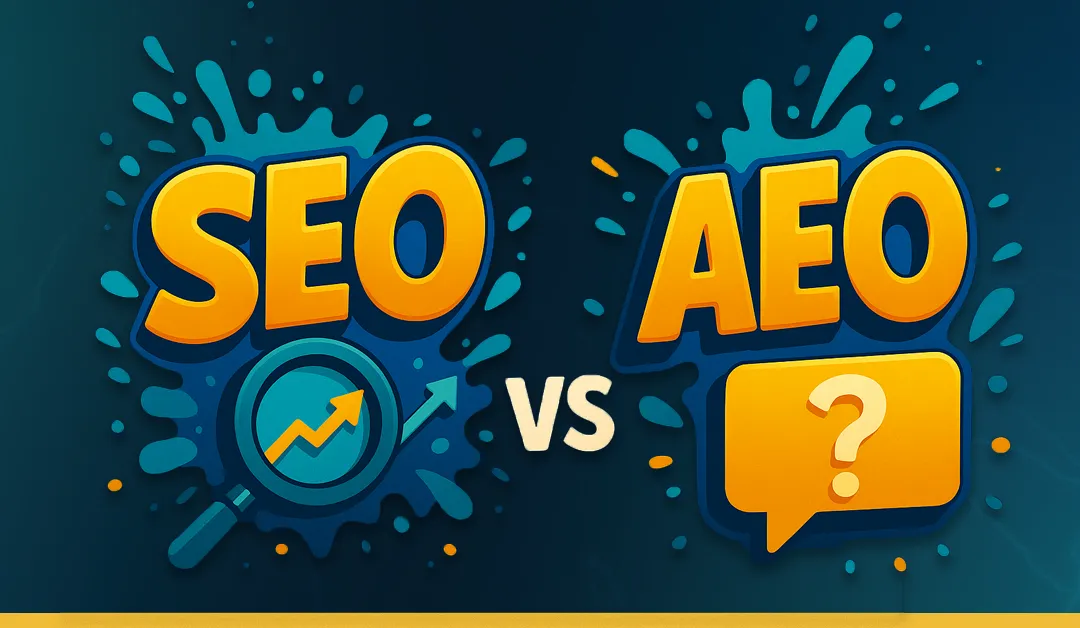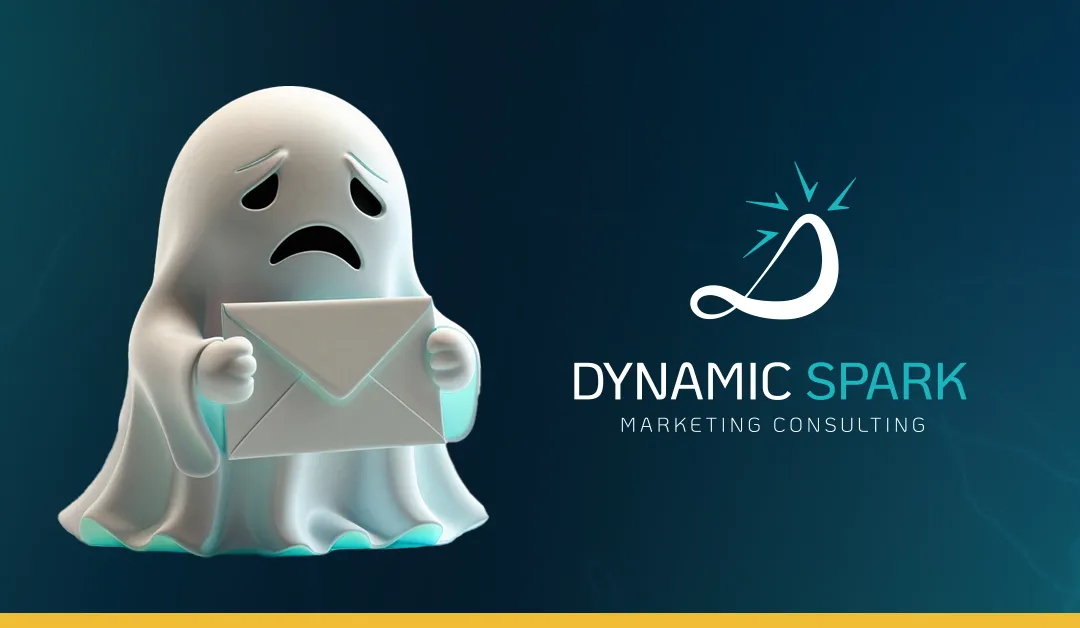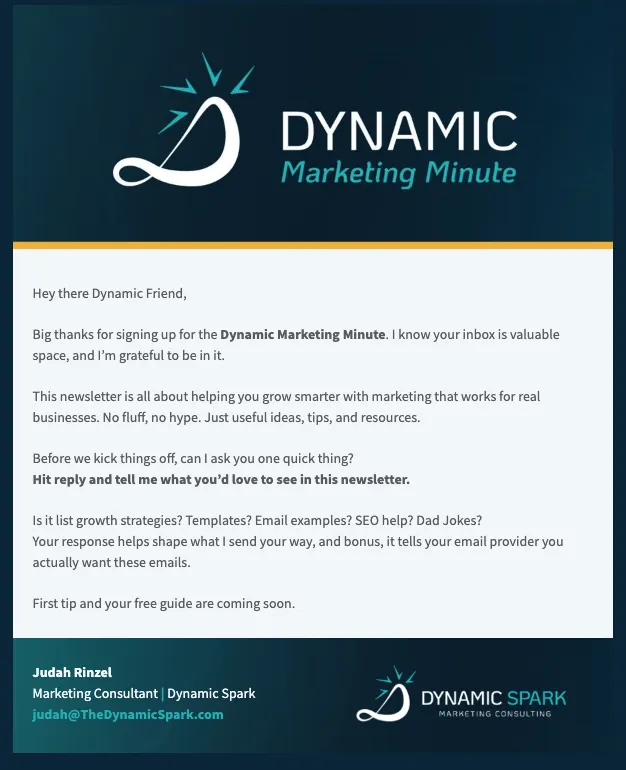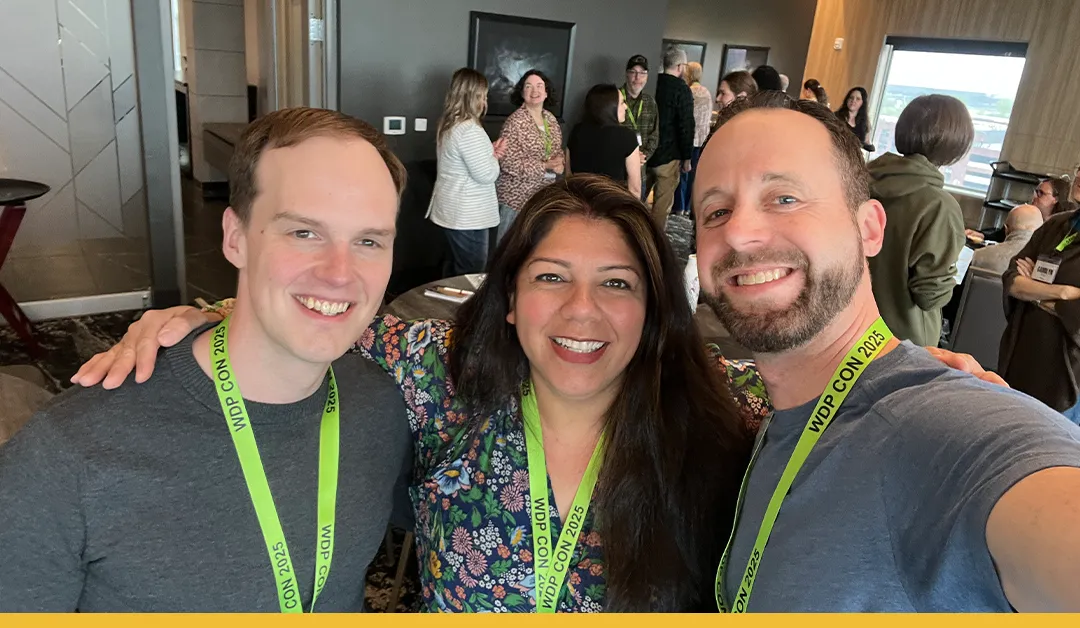
Should Your Business Jump on Every Marketing Trend?
If you are like me and have kids in elementary and middle school, you’ve been hearing the constant repeating of the numbers, “6-7”. Every generation has its thing. For my kids, it’s “6-7.” For me growing up, it was quoting movie lines from Tommy Boy or Happy Gilmore. But now, my kids have turned this nonsense number game into an art form. I can’t even say the number six without them firing back with “seven” and the hand gesture that goes with it. It is so cool and funny when my 10 and 12 yr old do it, but whenever I subtly mix it in to conversation, I get this blank stare from my daughter as if to say, “No, Dad, not cool.”

It’s gotten to a point where I’ve thought, do I embrace and capitalize on this trend by creating some fun and interesting “6-7” t-shirts?
The same impulse that drives kids to repeat viral memes is tempting business owners to jump on every marketing fad. I’ve caught myself doing it: chasing AI for AI’s sake, launching that hot new platform, or copying what someone else’s brand is doing. And it usually backfires.
So how do you spot which marketing trends are worth your time and which ones are just shiny distractions?
The Temptation of Trends
It’s easy to feel like you’re falling behind if you’re not experimenting with every new marketing tool. In fact, Semrush reports that 67% of marketers say they currently use AI for content marketing or SEO (pretty relevant statistic 😊). And according to HubSpot’s 2025 Marketing Trends data, AI tools for content creation and workflow automation are top investments.
But most small businesses don’t have the people, budget, or brand clarity to adopt every trend meaningfully. Blindly chasing fads can distort your budget, distract your team, and dilute your brand. That “must-do” trend might cost you much more than it returns.
When Chasing Trends Costs You Your Brand
Brand consistency matters. According to branding research by Fit Small Business, consistent branding across channels can increase revenue by up to 20%. If your business is switching voices, visuals, and platforms every few months chasing what’s new, you lose memorability.
Imagine your brand as a signature style; something people recognize instantly. If you keep overlaying every new trend, you lose your edge. Your brand becomes bland. When everyone’s chasing the same shiny thing, no one stands out.
Marketing Trends Worth Watching
Let’s call out a few trends that are worth considering, but only if they fit your business:
- AI-assisted content & automation — Marketers increasingly use AI tools to scale content creation and optimize workflows. CMSWire.com
- Visual storytelling & video-first content — Short-form video continues to dominate engagement. CMSWire.com
- Answer Engine Optimization (AEO) / generative search answers — Search engines are delivering answers, not just links. Some queries never result in a website click anymore. TechRadar
These trends are valid. But they should amplify your brand, not hijack it.
How to Evaluate a Trend Before You Dive In
Before you pour time or money into something new, run it through this Trend Test Checklist:
✅ Audience fit: Will this trend help reach your actual customers — not just impress marketers?
✅ Measurement clarity: Can you tie it back to leads, awareness, or conversions?
✅ Brand alignment: Does this trend blend with your brand voice, or does it force you to act like someone else?
✅ Data signals: Use Google Trends, analyze competitor adoption, and review preliminary metrics before full rollout.
✅ Complement vs. distract: Will this support your core marketing or steal resources from your foundational channels?
What to Do Instead
Stop chasing every bright new thing. Start with clarity:
- Define your brand story and positioning
- Invest in a website or audit that shows what’s working and what’s not
- Build foundational tools (email, FAQs, content pillars) before layering in trends
- Use trends as strategic amplifiers, not substitutes
The most lasting marketing trends? Consistency. Repetition. Authentic voice.
FAQs
How do I know if a marketing trend fits my business?
Start by asking one simple question: Would this trend help me reach and serve my ideal customer better? If the answer is “I’m not sure,” it’s worth pausing. Use a quick test before diving in:
-
Audience Fit: Does your audience use this platform or format?
-
Brand Alignment: Does it reflect your voice and values, or does it make you sound like everyone else?
-
Sustainability: Can you realistically maintain it for 6+ months without stretching your team thin? Trends should amplify what’s already working, not replace it. If it feels like a full pivot, it’s probably a distraction.
What happens when businesses chase too many marketing trends at once?
Think of your marketing like compound interest — it grows through consistent deposits. Jumping between trends resets your momentum every time. The fallout usually looks like this:
-
Inconsistent messaging: Customers can’t tell who you are or what you stand for.
-
Scattered focus: Your time and money get split across half-baked efforts.
-
Weaker trust: Audiences start tuning you out because nothing feels steady.
The cure isn’t to avoid trends completely, but to build a solid foundation (website, email, SEO) first, then layer trends that support your story.
What marketing trends in 2025 are worth paying attention to?
Not all trends are gimmicks. Some represent real shifts in how people find and engage with brands. A few to watch include:
-
AI-assisted content creation and automation: Helpful for efficiency, but it only works when you personalize it with human insight.
-
Video-first storytelling: Short-form video remains powerful for connection, especially if you show your process or people behind the brand.
-
Generative search and AEO (Answer Engine Optimization): Search engines are giving users direct answers now, so your content needs clear, conversational phrasing that matches what people ask.
The key is to adopt strategically, not reactively. Every trend should pass your “brand filter” first.
How can I stay up to date with trends while keeping my marketing consistent?
Consistency isn’t the enemy of creativity; it’s the framework that makes creativity believable. To stay consistent:
- Document your brand voice — What you sound like, what you don’t, and your core story.
- Create content pillars — 3–5 key themes you talk about regularly.
- Batch plan — Dedicate specific weeks or campaigns for trend testing rather than reacting weekly.
- Review quarterly — Look at data, audience feedback, and performance before deciding what to keep.
When you have a clear rhythm, trends become tools you can plug in, not disruptions you chase.
How can a website audit and strategy call help me choose the right marketing trends?
A website audit gives you a clear picture of how your current marketing is performing — things like SEO health, site speed, messaging clarity, and conversion flow. Pairing that with a strategy call turns insight into action. Together, we’ll:
-
Identify which channels or trends are driving your traffic and leads.
-
Uncover where your messaging or brand story might be confusing visitors.
-
Find opportunities to improve SEO so your website shows up better in search results.
-
Map out practical next steps based on data, not hype.
It’s the difference between guessing what works and knowing what works. For most small businesses, that clarity alone is worth more than any hot new marketing trick.
Want Clarity Before Chasing the Next Fad?
If you’re tired of trying every new marketing gimmick without seeing real results, start with clarity.
I’m offering a free Website Audit to help you see what’s working, what’s not, and where your site might be holding you back.
From there, you can book a discounted Strategy Call (for a limited time) where we’ll walk through your results, uncover growth opportunities, and outline a focused next step for your business.
No fluff. No pressure. Just clear insights and a plan you can trust.






